Looking to visit the most famous landmarks in Ireland? Then you’ve landed on the right page. Ireland is a charming country located just off the coast of England.
Nicknamed “The Emerald Isle”, Ireland is one of the most beautiful countries in Europe and is still largely undiscovered. Its vast landscape is covered by lush greenery and is home to some spectacular natural sites.
Ireland is a diverse country with a rich history, culture, and contrasting scenery. It has some of the most incredible landmarks scattered all over the country.
From magnificent castles right in its capital city to natural wonders and historical attractions, Ireland has it all.
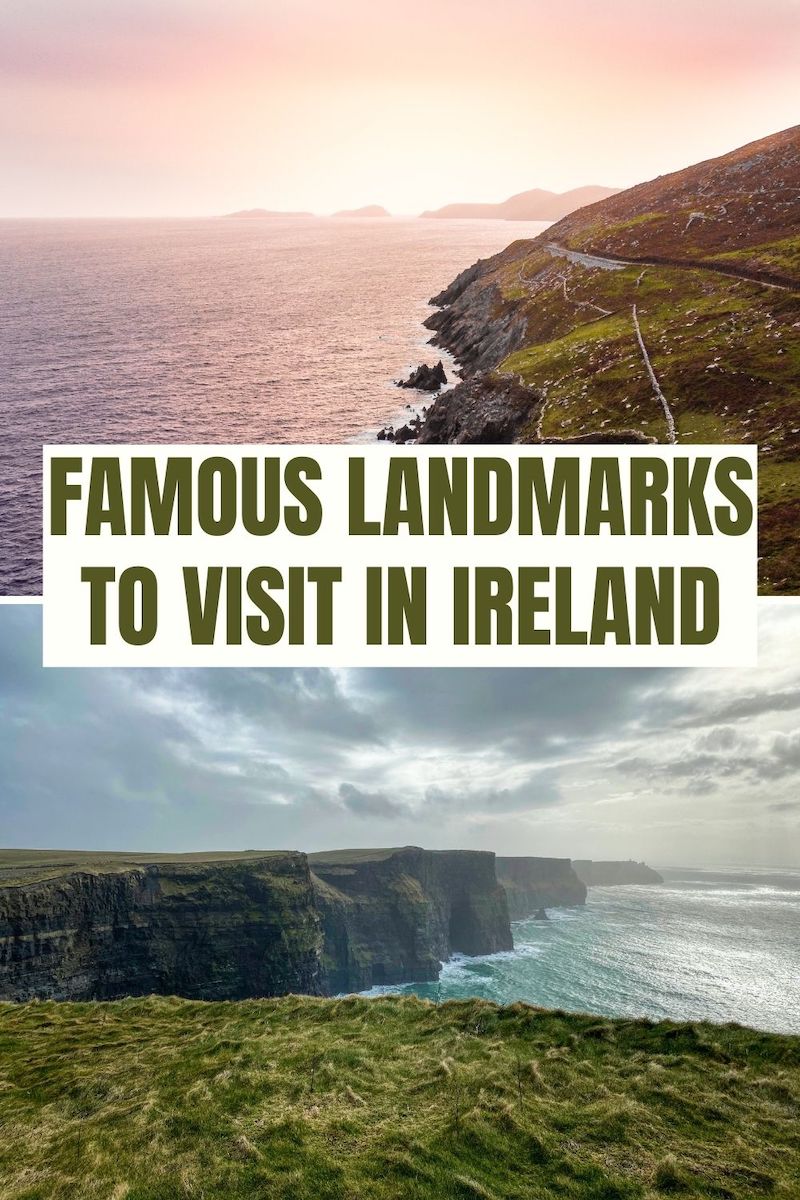
12 Famous Landmarks in Ireland To Visit Before You Die
1) Dublin Castle
Location: Dublin
Starting off at number one on this list is the iconic Dublin Castle. Located right in the heart of Dublin, it is one of the most important historic places in Ireland.
The castle was built in the early 11th century on the site of a Viking fortress. It later served as the seat for British rulers from 1204 to 1922. It is one of the best places to learn about Irish history as it is home to a collection of artifacts and paintings.
Today the Dublin Castle is open to the public to explore and is definitely worth visiting. On the castle complex, you’ll find the Dublin Gardens, which is a popular hangout for both locals and tourists.
There are guided tours that will take you around the complex. Some of the highlights included seeing the Medieval Tower, a Viking excavation site, and the stunning Chapel Royal church.
2) Guinness Storehouse
Location: Dublin
One thing that the Irish are known for is their beer, specifically Irish Stout. There’s no better place to learn about the history of beer than at the legendary Guinness Storehouse.
The Guinness Storehouse is located in St. James Gate in Dublin. The storehouse is a museum that traces back the 250-year art of brewing the world-famous Guinness beer.
The museum spans over seven floors of the Guinness brewery. The brewery and museum offer what is known as the Guinness Experience. It is a tour that explores the ingredients, history, and culture that make up Guinness’s story.
After wandering around and exploring one of Ireland’s famous landmarks, you can take a seat at the Gravity Bar on the seventh floor. From here you can enjoy a pint of Guinness along with some traditional Irish food, and uninterrupted, 360° views of Dublin.
3) Brú na Bóinne
Location: County Meath
The Brú na Bóinne is one of the oldest landmarks in Ireland. Also known as the Boyne Valley Tombs, it is an area located around the River Boyne that contains Ireland’s richest archaeological landscapes.
It is home to an enormous passage of tombs dating back to the Neolithic era. The Boyne Valley Tombs are believed to predate the Pyramids of Egypt and were built 5000 years before them.
The tombs remained closed off for thousands of years until it was rediscovered in the late 17th century. During the 1970s, the restoration of tombs began, refurbishing the tombs to their original state.
The Boyne Valley Tombs are decorated with megalithic art, showcasing the artistry and intelligence of the civilization that built them.
The tombs were given UNESCO World Heritage status in 1993, and there is a visitor center and museum that is dedicated to the people who constructed them.
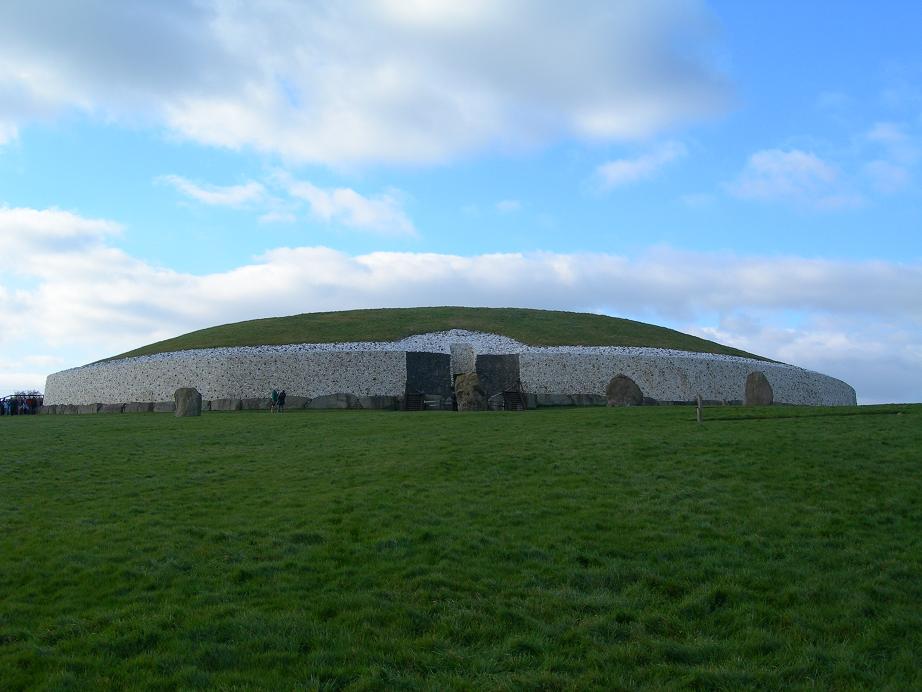
Credit: Wikipedia
4) Torc Waterfall
Location: County Kerry
The Torc Waterfall is one of the most beautiful natural Irish landmarks. Located inside Killarney National Park at the foot of Torc Mountain, sits a stunning 65-foot (20 meter) waterfall which cascades down against sandstones and limestone.
The word Torc means “Boar” in Irish, and according to locals, the waterfall derived its name from two folklore tales that involved wild boars.
Torc waterfall is one of the most popular attractions in Ireland, as there are hiking trails, walking paths, and viewing platforms that lead up to the waterfall, allowing you to get the best views of it.
It is recommended that you visit the waterfall after some heavy rainfall to see the Torc Waterfall at its best.
5) Kylemore Abbey & Victorian Walled Garden
Location: Connemara, County Galway
Situated 90 minutes outside of the city of Galway is the magnificent Kylemore Abbey. This 1000 acre estate is one of the most famous places in Ireland. It includes the Victorian Walled Garden, a neo-Gothic church, and a mausoleum.
Its six-acre Victorian Garden is one of the largest walled gardens in Ireland which has tons of beautiful flowers, vegetables, and herbs.
Kylemore Abbey was built in the late 1800s by a wealthy businessman, Mitchell Henry who was inspired to build the estate for his wife Margaret. The estate remained within Mitchell’s family until the 1920s when it became the residence of the Benedictine sisters.
Today a small group of nuns looks after the estate, welcoming visitors from across the world. Visitors can enjoy some of their delicious baked goods at the restaurant or tea house on the estate.
You can explore Kylemore Abbey on your own and enjoy the numerous walking trails by Connemara Lake or enjoy a guided tour of the property.
6) Trinity College Dublin
Location: Dublin
No Irish getaway would be complete without visiting Trinity College. It is one of the most popular landmarks in Dublin, located right in the city center.
Trinity College is the oldest university in Ireland and one of the most renowned in the world. It was founded in 1592 by Queen Elizabeth I, initially built out of the ruins of an Augustinian monastery.
The university is an architectural masterpiece, mainly inspired by English universities like Oxford and Cambridge. For many years entrance was only limited to male and protestant students.
In the late 17th century admission was opened to Catholics, and in the 18th century, it was opened to people of all religions. Finally, in 1904, the university opened its doors to women.
Trinity College’s campus grounds are open to visitors. One attraction of note that attracts most visitors is the Old Library which houses the Book of Kells, a 9th-century gospel manuscript.
7) Skellig Islands
Location: County Kerry
The Skellig Islands are two small islands located 9-miles (15km) off the Iveragh Peninsula in southwestern Ireland. These islands rise up 715-feet (218 meters) above the Atlantic Ocean and look like two rocky pyramids in the middle of the sea.
The islands are known as Little Skellig and Great Skellig, also known as Skellig Michael. The islands were largely undiscovered until they appeared in the hit movie Star Wars: The Force Awakens. It was, however, listed as a UNESCO World Heritage Site way back in 1996.
Of the two islands, only the larger one is accessible and open to visitors. Getting to the top of Skellig Michael is no easy feat, but once you’re on top it will be well worth the climb.
The views from the top of Skellig Michael are absolutely breathtaking. Once on top, you can gaze across the Atlantic and even take a look at Little Skellig.
8) Aillwee Caves
Location: Burren, County Clare
The Aillwee Caves are one of the most unique points of interest in Ireland. It is part of a large limestone cave system in Burren. It is one of the largest accessible caves in Ireland.
The caves are famous for their stalactites, stalagmites, underground rivers, waterfalls, and flowstones. The cave was first discovered in 1940 by a shepherd but was forgotten until 1973.
There are guided tours of the Aillwee Caves available as well as a center for birds of prey that educates visitors about the birds in the County Clare area.
There’s also a farm shop where you can sample and buy locally produced cheeses, fudge, and other tasty goodies.
9) St Patrick’s Cathedral
Location: Dublin
Also known as the National Cathedral of Ireland, St Patrick’s Cathedral is one of Ireland’s most famous landmarks. It was built in the 12th century in honor of the country’s flagship saint, St. Patrick.
St. Patrick’s Cathedral is the largest cathedral in Ireland and it is believed to be the place where St. Patrick baptized Ireland’s first converts to Christianity.
The interior of the cathedral is stunning and features huge arches, highly decorated floors, and stained glass windows. There is also a collection of ornaments from different periods. Over the years the church has sustained damage and invasions and is a true symbol of Ireland’s resilience.
The cathedral hosts a number of national ceremonies but is also open to the public where you can take a self-guided or guided tour.
10) The English Market
Location: Cork
Cork’s English Market is one of the oldest covered markets in Europe. The market was opened in 1788 and has played a vital part in Cork’s history.
It has survived fires, civil wars, recessions, famines, and floods, all while continuing to serve the people of Cork. It is located in the heart of Cork and stretches from Princes Street down to the Grand Parade.
It is one of the best fresh food markets in Ireland and you can find anything from fish and meat to local produce. It’s also one of the best places to grab artisan foods and drinks.
The market is a food lovers paradise and has become a popular tourist attraction in Cork. It is known for its wide variety of artisan foods. You can find anything Irish spiced Beef, local farmhouse cheeses, smoked salmon, and even pigs trotters.
11) Cliffs of Moher
Location: Burren, County Clare
Running 8 miles (14km) along the Wild Atlantic Way, are the gorgeous Cliffs of Moher. It is one of the most famous Irish landmarks, best-known for its awe-inspiring beauty.
It is believed that the cliffs are over 350 million years old, with the highest point extending 700 feet above the Atlantic Ocean. Wherever you stand you’ll see the cliffs stretching out over the 8 miles.
The view from the cliffs with the ocean in the background is truly something special. There is an observation tower known as O’Briens Tower on the highest point of the cliffs that has the best, unobstructed view of the surrounding area that will leave you in awe.
In 2013, a trail was opened to make walking along the cliffs easier. Visitors can take a self-guided audio tour or join a group tour and learn more about the area, and wildlife.
12) Kilmainham Gaol Museum
Location: Dublin
Ireland has a difficult past, and around the city of Dublin, there are reminders of this. The Kilmainham Gaol Museum is one of those reminders.
It is one of the most famous landmarks in Dublin and dates back to 1796. It was originally a prison during the British occupation of Ireland. It held prisoners from all over Ireland and England who committed everything from small petty crimes to more serious crimes.
Convicts that were waiting to be transported to Australia were also held in Kilmainham. During the Anglo-Irish War, it also held notable leaders of the Irish rebellion such as Theobald Wolfe Tone and Charles Stewart Parnell.
After the creation of the Irish Free State in 1922, the prison became a symbol of English oppression and the sufferings of the Irish people and their struggle for freedom. As a result, it was closed and abandoned for many years.
In the 1960s it was classified as a historical monument and was then restored and transformed into a museum. Today visitors can take a tour of the prison and gain insight into how prisoners lived. It’s also a great way to gain insight into Ireland’s fight for freedom.
Planning a Trip to the UK & Ireland?
Be sure to check out the following articles to help you plan your trip.
- 12 Places to Go Glamping in Ireland
- 18 Coolest & Best Airbnb’s in Ireland
- 23 Music Festivals in Ireland to Experience Before You Die
- Famous Landmarks UK
- 30 Best UK Music Festivals to Experience Before You Die
- 15 Best Airbnb Edinburgh Rentals
- 11 Best Airbnb’s in London

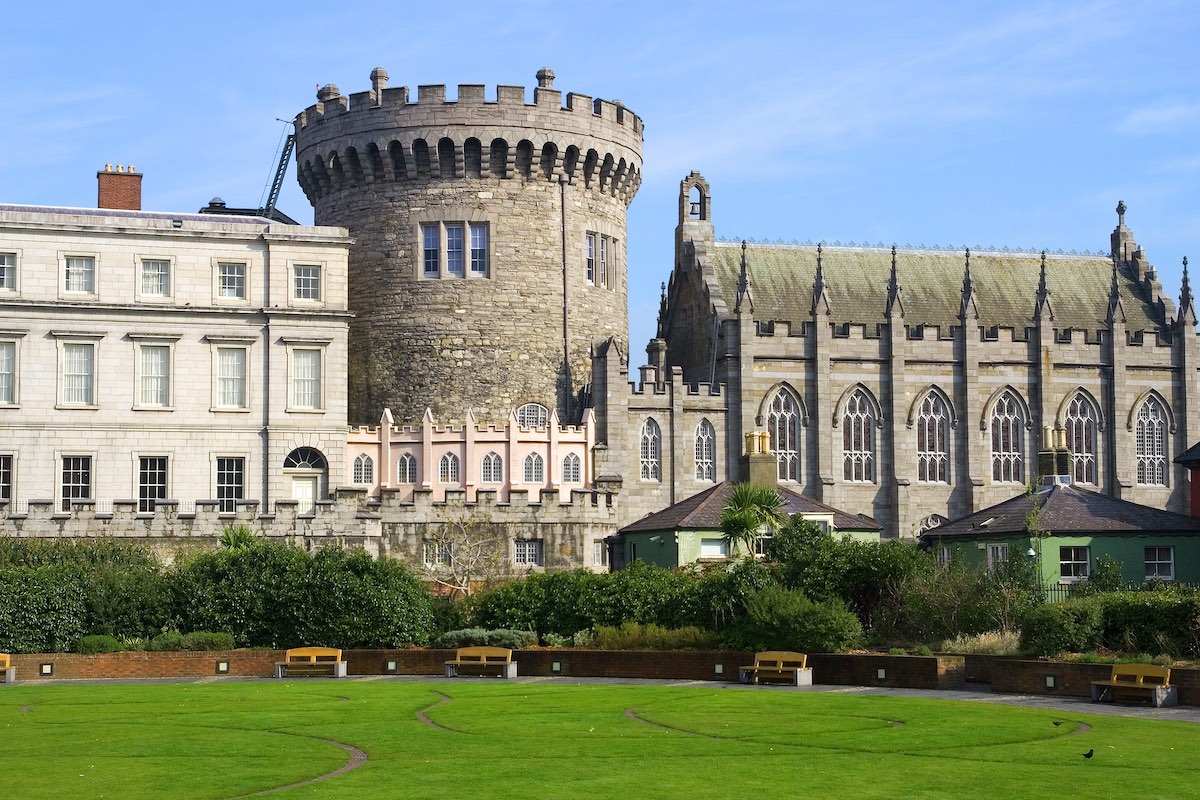
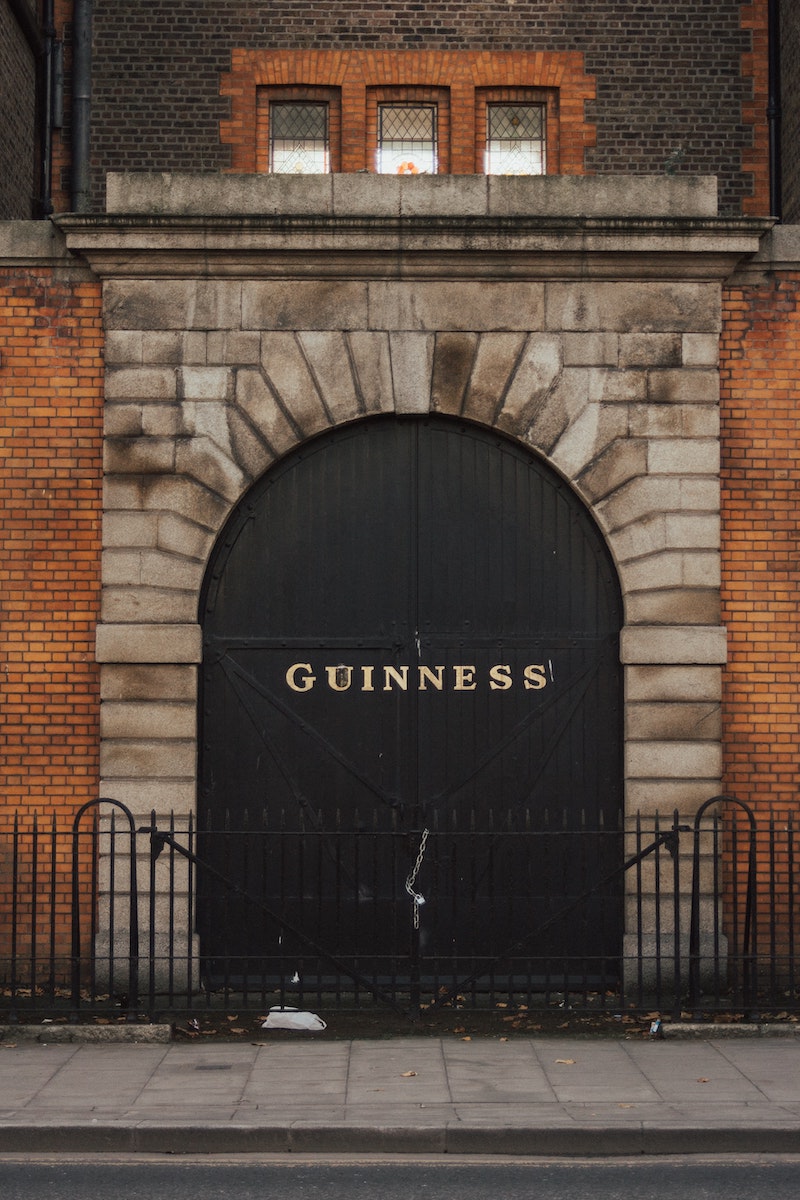
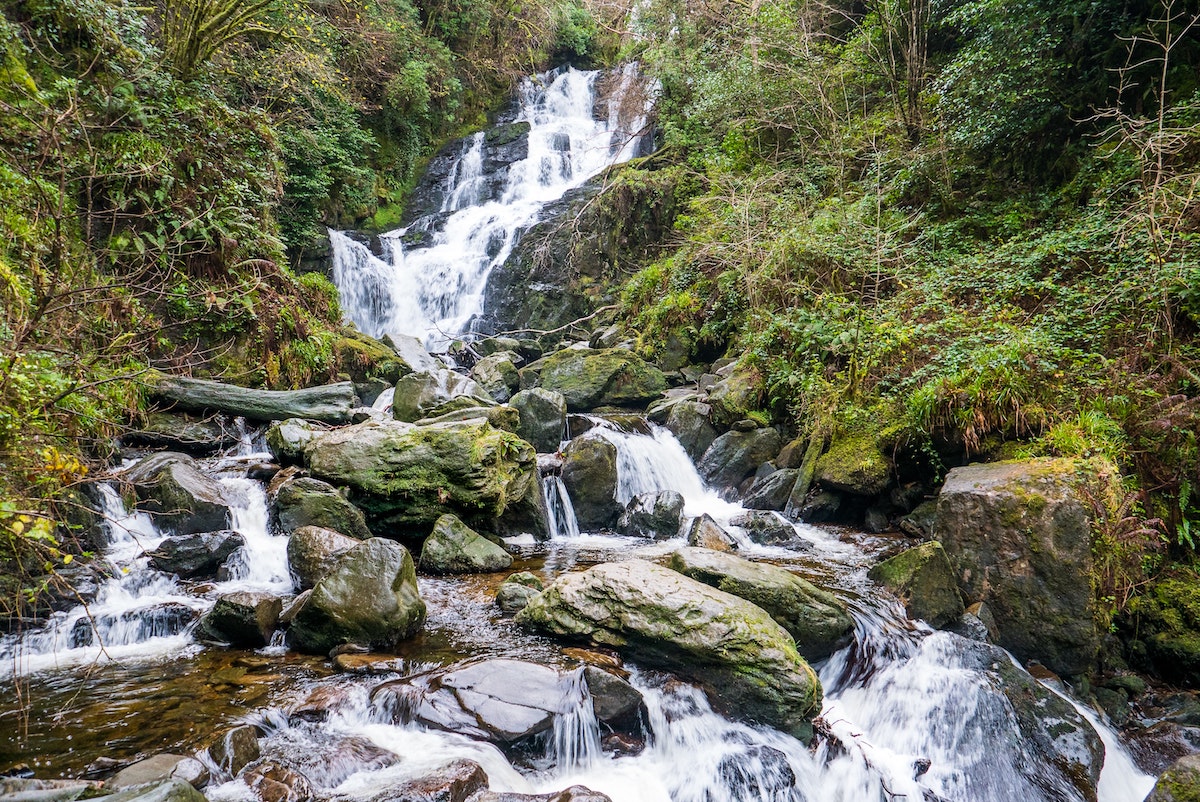
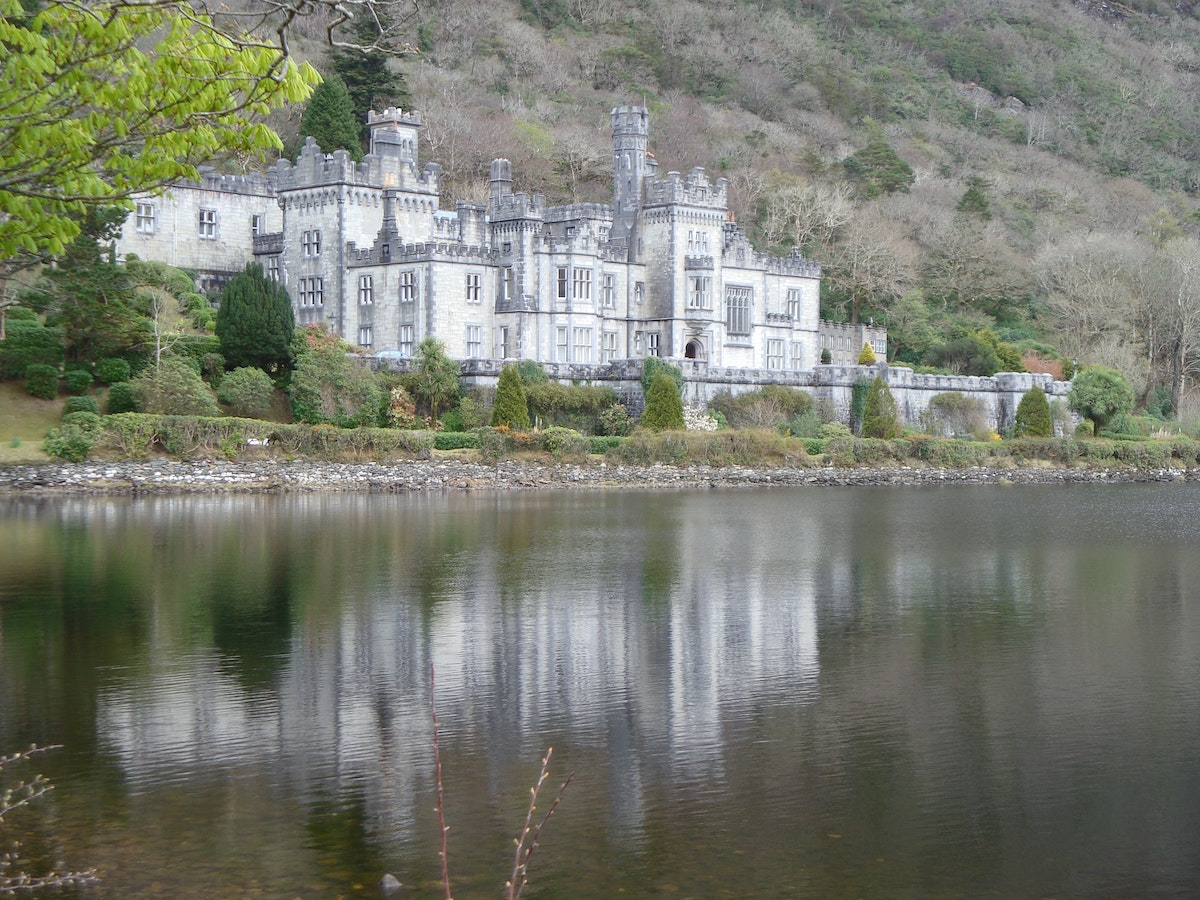
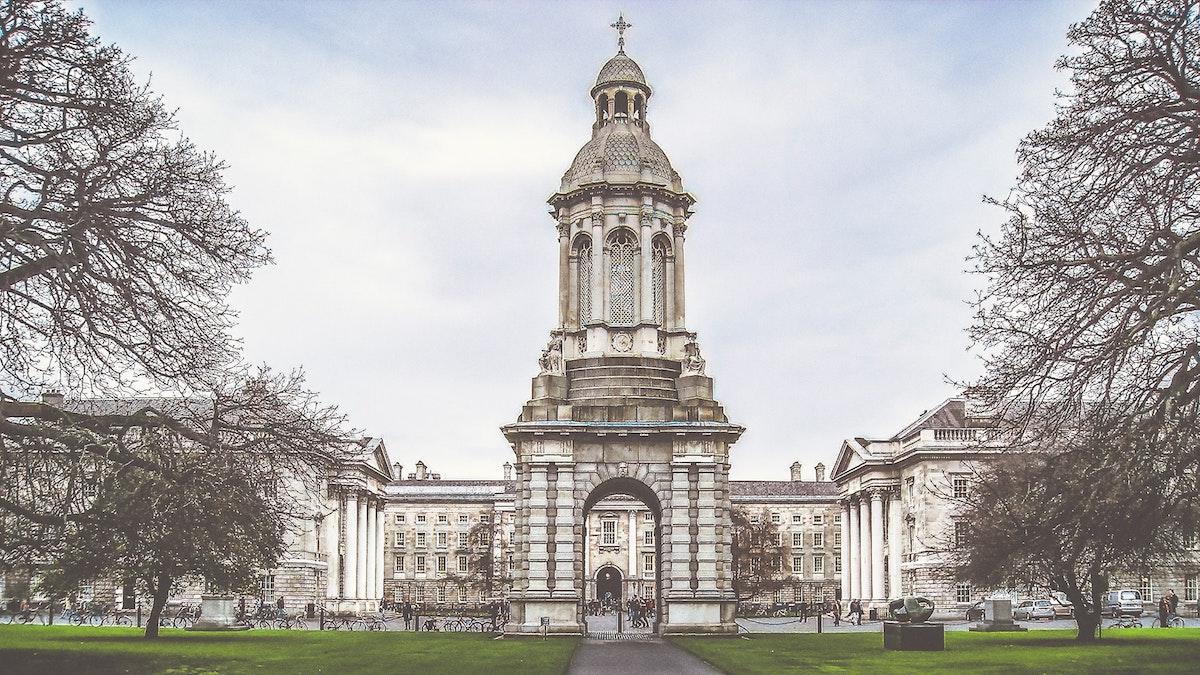
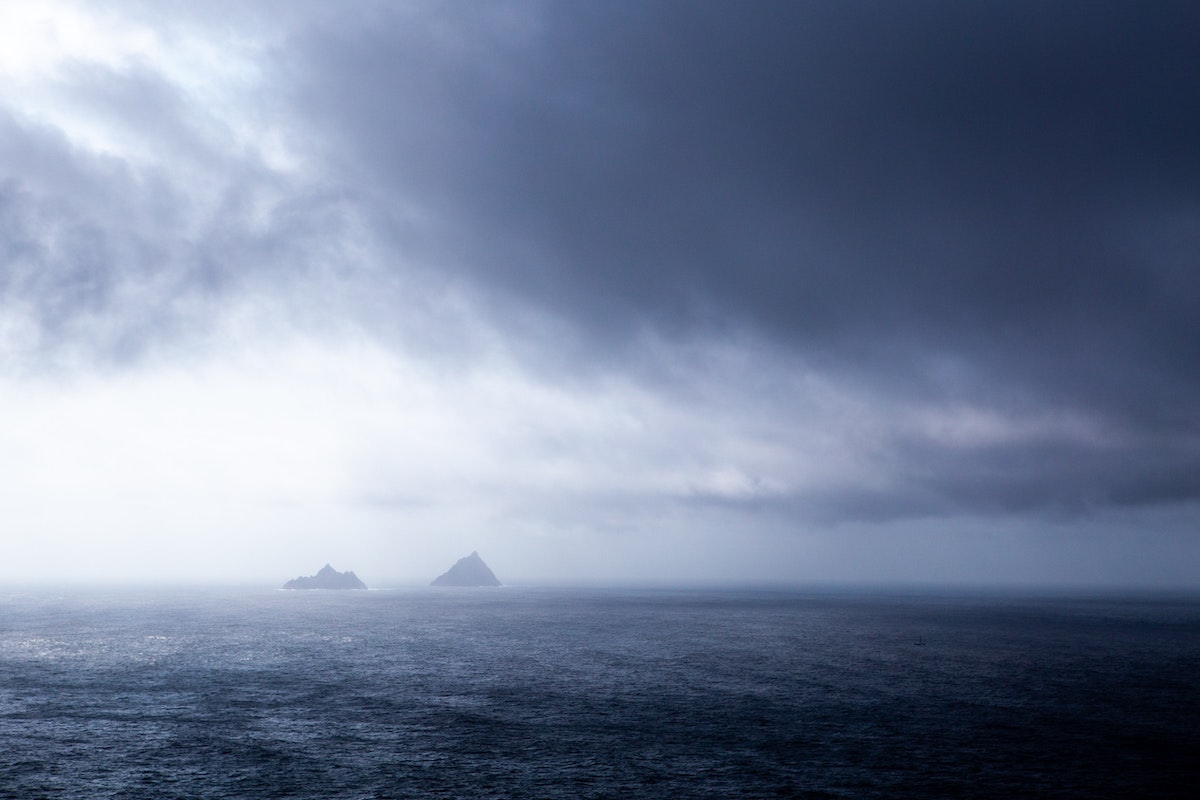
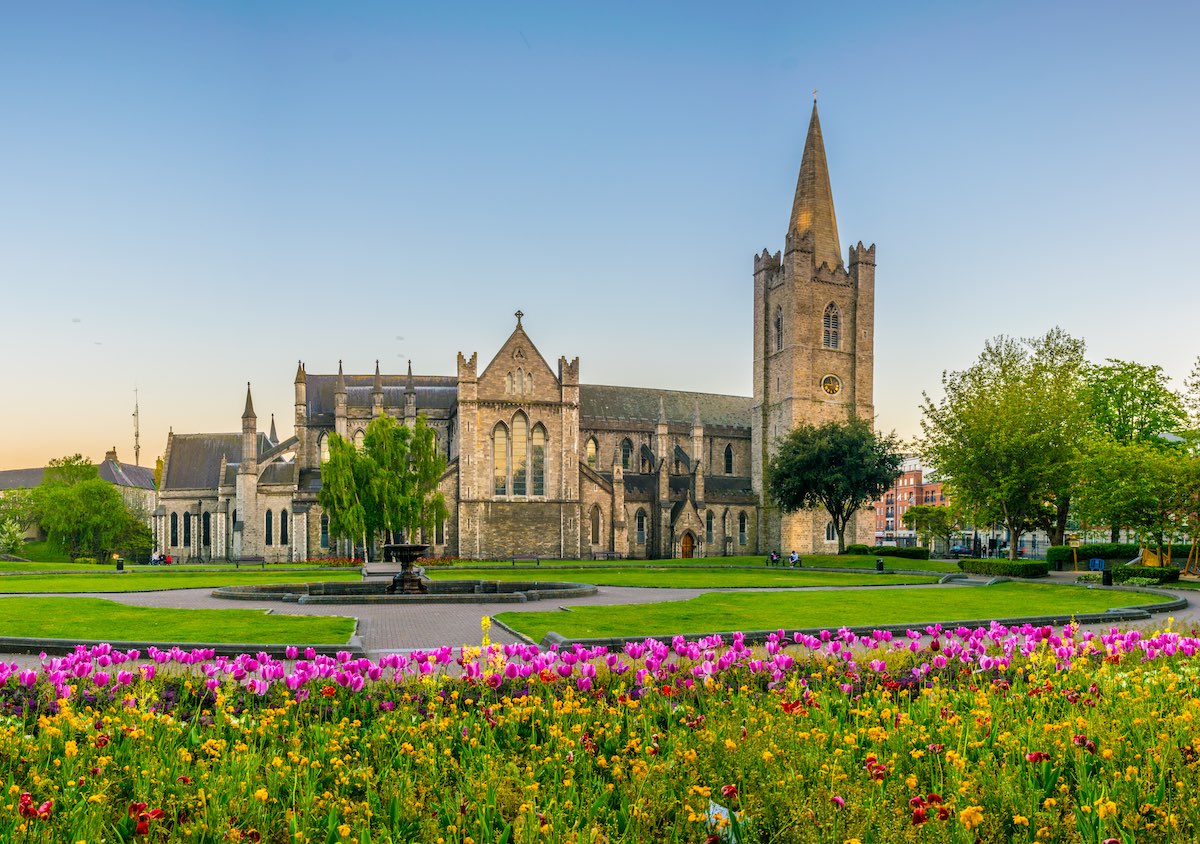
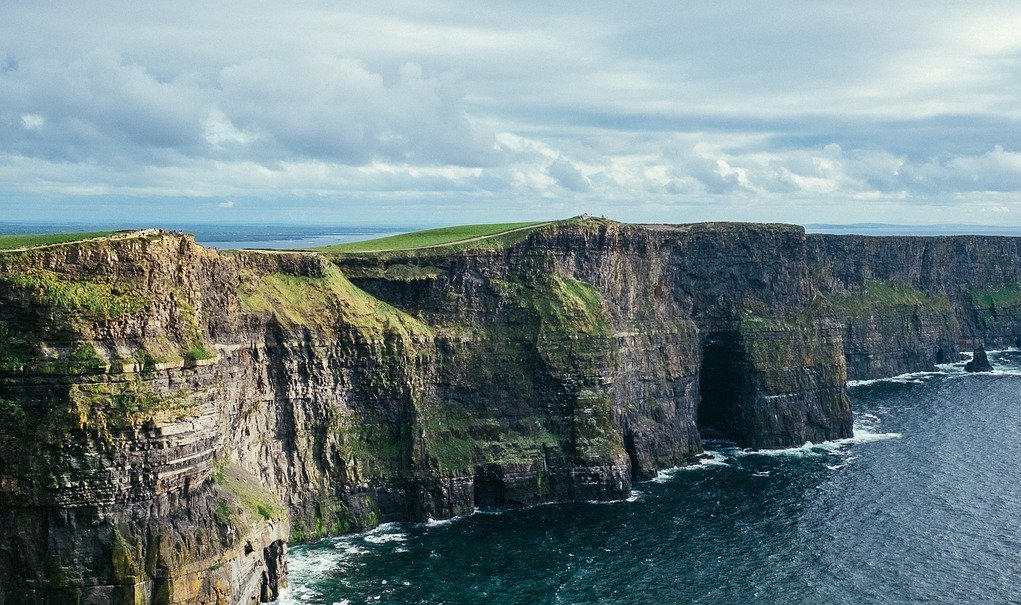


Trackbacks & Pingbacks
[…] Facebook Pinterest 12 Famous Landmarks in Ireland | Top Sights & Monuments Scroll to […]
Comments are closed.